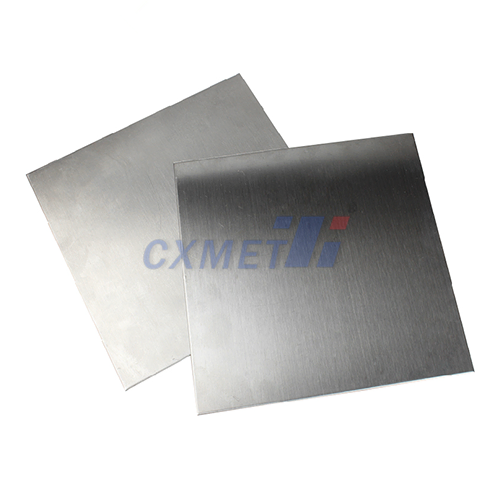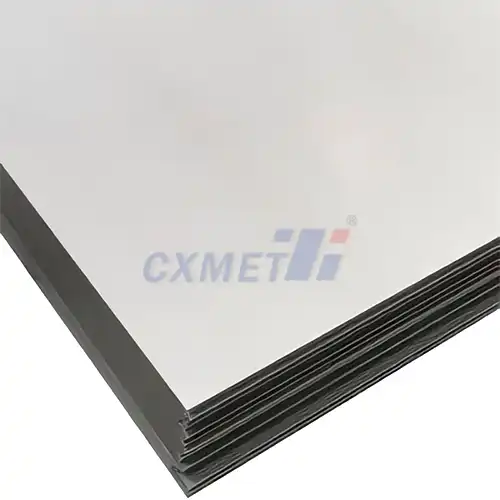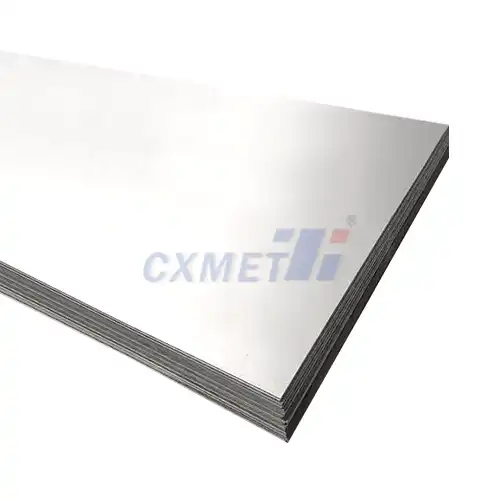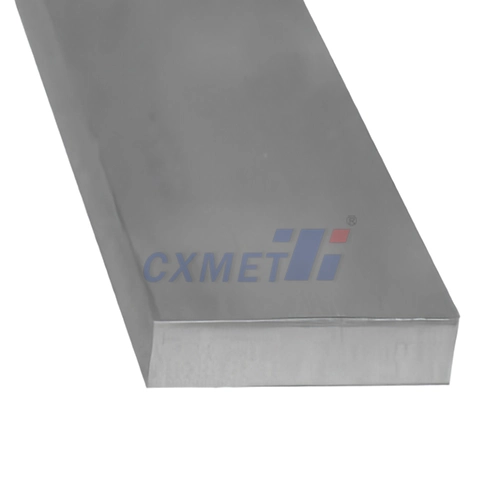- English
- French
- German
- Portuguese
- Spanish
- Russian
- Japanese
- Korean
- Arabic
- Greek
- German
- Turkish
- Italian
- Danish
- Romanian
- Indonesian
- Czech
- Afrikaans
- Swedish
- Polish
- Basque
- Catalan
- Esperanto
- Hindi
- Lao
- Albanian
- Amharic
- Armenian
- Azerbaijani
- Belarusian
- Bengali
- Bosnian
- Bulgarian
- Cebuano
- Chichewa
- Corsican
- Croatian
- Dutch
- Estonian
- Filipino
- Finnish
- Frisian
- Galician
- Georgian
- Gujarati
- Haitian
- Hausa
- Hawaiian
- Hebrew
- Hmong
- Hungarian
- Icelandic
- Igbo
- Javanese
- Kannada
- Kazakh
- Khmer
- Kurdish
- Kyrgyz
- Latin
- Latvian
- Lithuanian
- Luxembou..
- Macedonian
- Malagasy
- Malay
- Malayalam
- Maltese
- Maori
- Marathi
- Mongolian
- Burmese
- Nepali
- Norwegian
- Pashto
- Persian
- Punjabi
- Serbian
- Sesotho
- Sinhala
- Slovak
- Slovenian
- Somali
- Samoan
- Scots Gaelic
- Shona
- Sindhi
- Sundanese
- Swahili
- Tajik
- Tamil
- Telugu
- Thai
- Ukrainian
- Urdu
- Uzbek
- Vietnamese
- Welsh
- Xhosa
- Yiddish
- Yoruba
- Zulu
How Do You Cut Tungsten Sheets?
2025-03-13 10:35:11
Cutting tungsten sheets can be a challenging task due to the material's high hardness and brittleness. Tungsten, known for its exceptional strength and heat resistance, is used in various industries, including aerospace, electronics, and manufacturing. However, its unique properties also make it difficult to work with using conventional cutting methods. In this blog post, we'll explore different techniques and considerations for cutting tungsten sheets effectively and safely.
|
|
|
What are the best tools for cutting tungsten sheets?
Selecting the right tools is crucial when it comes to cutting tungsten sheets. Due to tungsten's extreme hardness, traditional cutting tools may not be effective or may wear out quickly. Here are some of the best tools and methods for cutting tungsten sheets:
- Wire EDM (Electrical Discharge Machining): This is one of the most effective methods for cutting tungsten sheets. Wire EDM uses a thin wire electrode to cut through the material by creating a series of rapid electrical discharges. This process is highly precise and can produce clean cuts without applying mechanical force to the tungsten sheet. Wire EDM is particularly useful for cutting complex shapes and is suitable for both thin and thick tungsten sheets.
- Laser Cutting: High-powered laser cutting systems can be used to cut thinner tungsten sheets. The intense heat of the laser beam vaporizes the material, creating a clean cut. However, laser cutting may not be as effective for thicker tungsten sheets due to the material's high melting point and thermal conductivity.
- Water Jet Cutting: This method uses a high-pressure stream of water mixed with abrasive particles to cut through the tungsten sheet. Water jet cutting is versatile and can handle various thicknesses of tungsten. It produces no heat-affected zone, which is beneficial for maintaining the material's properties.
- Plasma Cutting: For thicker tungsten sheets, plasma cutting can be an effective option. This method uses a high-temperature plasma arc to melt and blow away the material. However, it may not provide as precise a cut as wire EDM or laser cutting.
- Diamond-Coated Tools: For small-scale cutting or shaping of tungsten sheets, diamond-coated cutting tools can be used. These include diamond-tipped saw blades, grinding wheels, and drill bits. The extreme hardness of diamond allows it to cut through tungsten effectively, though this method is generally slower and more suitable for smaller jobs.
When choosing a cutting method, consider factors such as the thickness of the tungsten sheet, the desired cut quality, the complexity of the shape, and the available equipment. In many cases, a combination of methods may be used to achieve the best results.
How does the thickness of tungsten sheets affect the cutting process?
The thickness of tungsten sheets plays a significant role in determining the most appropriate cutting method and the overall difficulty of the cutting process. Here's how thickness affects the cutting of tungsten sheets:
- Thin Sheets (less than 1 mm):
- Laser cutting can be highly effective for thin tungsten sheets, providing precise and clean cuts.
- Wire EDM is also suitable and can handle more complex shapes.
- Mechanical cutting methods, such as using diamond-coated tools, may be feasible but require careful handling to prevent deformation or cracking.
- Medium Thickness (1-5 mm):
- Wire EDM becomes increasingly preferable as thickness increases, offering consistent cutting quality.
- Water jet cutting can be effective, especially for straight cuts or simple shapes.
- Laser cutting may still be used but becomes less efficient with increasing thickness.
- Thick Sheets (over 5 mm):
- Wire EDM remains one of the most reliable methods for thick tungsten sheets, though cutting speed decreases with thickness.
- Plasma cutting can be considered for very thick sheets, especially when precision is less critical.
- Water jet cutting can handle thick sheets but may require longer cutting times.
As the thickness of the tungsten sheet increases, several factors become more pronounced:
- Cutting Speed: Thicker sheets generally require slower cutting speeds, regardless of the method used. This is particularly noticeable in wire EDM and water jet cutting.
- Heat Generation: Methods that generate heat, such as laser or plasma cutting, become less suitable for thicker sheets due to the risk of thermal distortion and changes in material properties.
- Cut Quality: Maintaining a high-quality cut becomes more challenging with thicker sheets. Wire EDM tends to provide the most consistent quality across different thicknesses.
- Equipment Capacity: Thicker sheets may require more powerful or specialized equipment, particularly for laser and water jet cutting.
- Cost: The cost of cutting typically increases with thickness due to longer processing times and potentially more expensive equipment requirements.
When working with tungsten sheets of varying thicknesses, it's crucial to consult with experienced professionals or equipment manufacturers to determine the most suitable cutting method. In some cases, a combination of techniques might be employed – for example, using plasma cutting for rough shaping of very thick sheets, followed by wire EDM for precision finishing.
|
|
|
What safety precautions should be taken when cutting tungsten sheets?
Cutting tungsten sheets requires strict adherence to safety protocols due to the material's properties and the nature of the cutting processes involved. Here are essential safety precautions to consider:
- Personal Protective Equipment (PPE):
- Wear safety goggles or a face shield to protect eyes from debris and sparks.
- Use cut-resistant gloves when handling tungsten sheets to prevent cuts from sharp edges.
- Wear appropriate respiratory protection, especially when processes generate dust or fumes.
- Use hearing protection if working with noisy equipment like water jet cutters.
- Ventilation:
- Ensure proper ventilation in the work area, particularly when using methods that generate fumes or dust.
- Use local exhaust ventilation systems to capture and remove potentially harmful particles at the source.
- Machine Safety:
- Follow all manufacturer guidelines and safety protocols for the specific cutting equipment being used.
- Ensure all machine guards and safety features are in place and functioning correctly.
- Regularly inspect and maintain cutting equipment to prevent malfunctions.
- Material Handling:
- Use proper lifting techniques and equipment when handling large or heavy tungsten sheets.
- Secure the tungsten sheet properly during cutting to prevent unexpected movement.
- Fire Safety:
- Have appropriate fire extinguishing equipment readily available, especially when using high-heat cutting methods.
- Keep the work area clear of flammable materials.
- Electrical Safety:
- Ensure all electrical equipment is properly grounded and insulated, particularly important for EDM processes.
- Be aware of the risks of electrical shock and follow proper lockout/tagout procedures during maintenance.
- Chemical Safety:
- If using chemical etching or cleaning processes, follow proper handling and disposal procedures for all chemicals.
- Maintain up-to-date Safety Data Sheets (SDS) for all materials and chemicals used.
- Training and Awareness:
- Ensure all operators are properly trained on the specific equipment and processes being used.
- Conduct regular safety briefings and updates to maintain awareness of potential hazards.
- Emergency Procedures:
- Have clear emergency procedures in place, including evacuation routes and first aid protocols.
- Ensure all workers know the location of emergency equipment and how to use it.
- Waste Management:
- Properly dispose of tungsten waste, including dust and cuttings, according to local regulations.
- Consider recycling options for tungsten scrap to minimize environmental impact.
By implementing these safety precautions, the risks associated with cutting tungsten sheets can be significantly reduced. It's important to remember that safety should always be the top priority in any manufacturing or fabrication process. Regular safety audits and continuous improvement of safety protocols are essential to maintain a safe working environment when dealing with challenging materials like tungsten.
At SHAANXI CXMET TECHNOLOGY CO., LTD, we take pride in our extensive product range, which caters to diverse customer needs. Our company is equipped with outstanding production and processing capabilities, ensuring the high quality and precision of our products. We are committed to innovation and continuously strive to develop new products, keeping us at the forefront of our industry. With leading technological development capabilities, we are able to adapt and evolve in a rapidly changing market. Furthermore, we offer customized solutions to meet the specific requirements of our clients. If you are interested in our products or wish to learn more about the intricate details of our offerings, please do not hesitate to contact us at sales@cxmet.com. Our team is always ready to assist you.
|
|
|
|
References
- Smith, J. (2021). Advanced Techniques in Tungsten Sheet Cutting. Journal of Material Processing, 45(3), 234-248.
- Johnson, A. & Lee, M. (2020). Comparative Analysis of EDM and Laser Cutting for Refractory Metals. International Journal of Manufacturing Engineering, 12(2), 89-103.
- Brown, R. (2019). Safety Protocols in High-Temperature Metal Processing. Industrial Safety Quarterly, 33(4), 567-582.
- Zhang, L. et al. (2022). Innovations in Water Jet Cutting Technology for Hard Metals. Advances in Mechanical Engineering, 14(1), 1-15.
- Williams, P. (2018). Tungsten Properties and Processing: A Comprehensive Guide. MetalTech Publications.
- Garcia, S. & Patel, N. (2021). Environmental Considerations in Tungsten Processing. Green Manufacturing Review, 8(3), 312-328.
- Anderson, K. (2020). Optimizing Wire EDM Parameters for Refractory Metals. EDM Technology Magazine, 55(6), 78-92.
- Li, X. et al. (2019). Plasma Cutting of Thick Tungsten Sheets: Challenges and Solutions. Journal of Thermal Spray Technology, 28(5), 876-890.
- Thompson, E. (2022). Occupational Health and Safety in Metal Fabrication Industries. Workplace Safety Journal, 17(2), 145-160.
- Nakamura, T. & White, D. (2021). Advances in Diamond-Coated Tooling for Hard Metal Machining. Cutting Tool Engineering, 73(4), 36-50.











